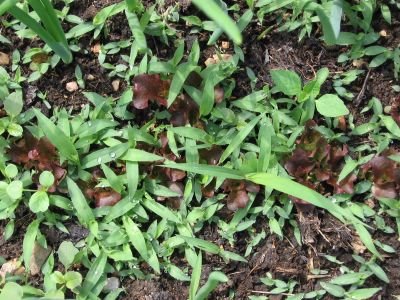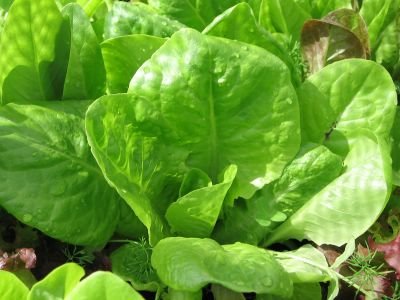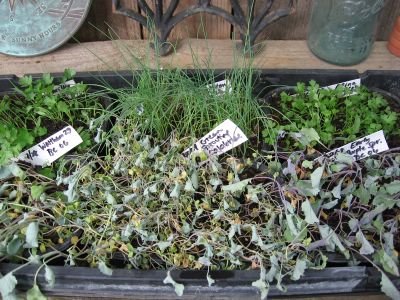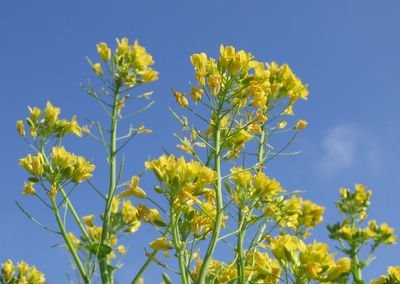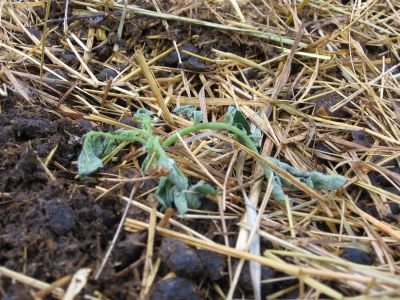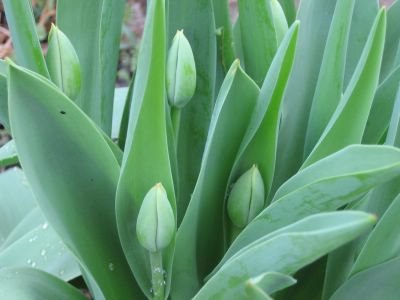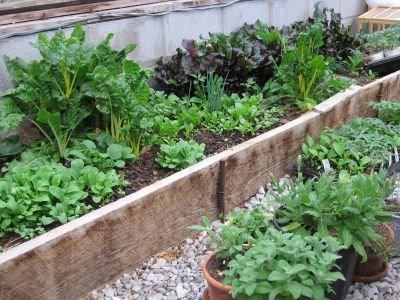Twenty Four Degrees This Morning Freshly Mulched & Frosted Strawberry Plants
Freshly Mulched & Frosted Strawberry Plants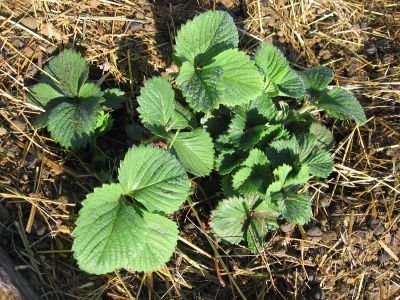 After 90 Minutes On Automatic DefrostRealization Of The Day:
After 90 Minutes On Automatic DefrostRealization Of The Day:I did not start
too many tomato plants. I simply do not have enough garden space. I need more raised beds. A lot more raised beds.
--Friday I spotted two potato plants. Saturday I counted at least a dozen. This morning I found one. Seems the new little green leaves froze in the night. The plants should still be okay, though. But just in case I covered them with a thick layer of dry sheep manure/barn hay mix today rather than waiting until all of them had sprouted and were a few inches high like I usually do. Hopefully you can't overfertilize potatoes because that plot was full of really rich soil already.
--
The onions are coming up, and a few of the interplanted beet seeds have sprouted. No sign yet of the lettuces.
--There are itty bitty
volunteer dill plants practically covering two different beds. Yes!
--The
raspberry canes on both sides of the greenhouse have awakened and are bursting to life. Lots of spreaders coming up, too. You can read more about my raspberry planting adventures
here.--The
tomato seedlings in the greenhouse are just begging to be set free in the ground. And the pepper plants want out, too. Not yet! Not yet! Geez, look what happened to the potatoes.
--The
few strawberry plants that survived are doing nicely. Started with 24 locally grown plants bought at the Garden Club plant sale last spring, and I guess I let the weeds choke them out or something. (Not enough sun when they were small?) Down to maybe five or six plants. I'm going to go ahead and let them spread. Cannot bear to even look at the old strawberry bed, so full of humongous clumps of fescue that took over. It was delicious while it lasted--and the spillover plants that hopped out of the bed and into the walkways have promise (unless they "accidentally" get weed whacked).
Note to self: Consider placing moratorium on all weed whacking activities in the garden unless I am available to closely supervise whacker.
--
Chives look fabulous. Really want to make some cheddar and chive scones (variation of
this recipe).
From Garden To Table:--Green Eggs: Fresh farm eggs scrambled with lots and lots of Swiss chard from the greenhouse and chives from the garden, sauteed mushrooms and chopped parsley (storebought) mixed in, sprinkled with Irish sharp cheddar, more chives, and topped with a dollop of organic sour cream. Good to go for several hours.
--Greenhouse Salads: green chard, yellow chard (love those deep yellow stalks), baby arugula, purple beet greens, corn salad (mache). Plus
golden turnip greens from the garden.
--Latest discovery:
Baby arugula mixed into the Green Eggs. Yum!
Harvest For The Henhouse:--Luscious clover and big fat dandelion plants (roots and all) plucked from the walkways between the raised beds, last of the overwintered
endive and escarole I found hidden among the weeds while clearing out that bed yesterday, gourmet micro mesclun greens (thinned out lettuce plot), golden turnip stalks and baby Spanish black radishes (more thinning).
Need To. . .
(A Partial, Ongoing, Never-Ever-Going-To-Be-Completed List):--Cut back dead raspberry canes and try to corral the live ones into some kind of order.
--Lavish lots of attention on the neglected asparagus bed, as asparagus shoots will hopefully be presenting themselves soon.
--Thin the
tiny purple kohlrabi seedlings.
--Thin the mixed lettuce plot some more (can't even tell I plucked out all those micro greens for the chickens)
--Thin the arugula lawn in the greenhouse.
--Eat the mature arugula in the greenhouse!
--Cut that
giant yellow flowering thing way back before it takes over the entire flower bed.
--Transplant containers of tomato, cucumber, tomatillo, parsley, cutting celery, leeks, and three kinds of broccoli seedlings into individual plugs. (Cannot believe I am trying to grow leeks again from seed. And is it too late for broccoli already? Should I even bother? Will I ever plant broccoli at the right time again? Ever? It would be a lot less stressful each year if I despised broccoli.)
--Figure out which tomatoes and peppers are going to go where.
--Consider alternate planting locations for tomatoes--around compost bins, behind greenhouse, etc. Somewhere. Anywhere. I want my tomatoes!
--Prepare bush bean plots and decide what varieties to plant where. Consider companion planting with something this year.
--Make up big tub of manure tea now that temps have warmed up and tea won't freeze solid and crack the tub. Two gallon mini manure tea operation in greenhouse has been working very well.
--Not ignore this overwhelming list.









